Digital Transformation Guide: Discover the strategy
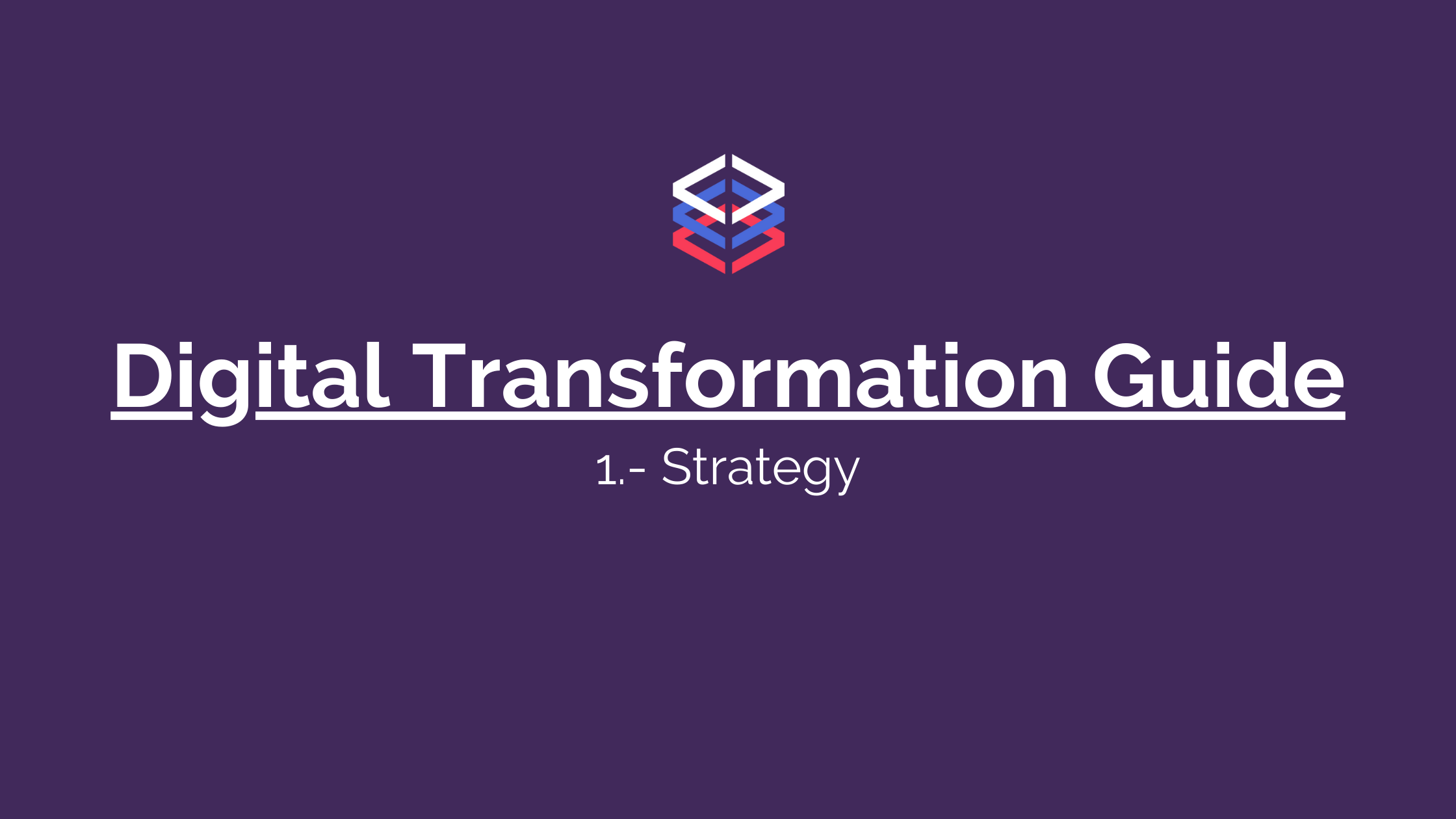
I’ve been thinking of sharing my lessons learned from Digital Transformation for a while. Just a few days ago, when I was reviewing my notes, I noticed that I had enough ideas to write a guide. This article is the first part where I propose a new way to “define” a strategy.
I don’t pretend to have the silver bullet for Digital Transformation, because I don’t have it. Furthermore, I’m sure that nobody has it.
The strategy should be discovered, not defined
Almost all organizations need to change and transform, but many are trying to do so with traditional methods. They set a long-term plan, execute it, and attempt to control any deviation. However, along the way, they will find known or unknown variables that impact their strategy. And when they seek out the root cause, they find that people and culture play an essential role in those variables.
That’s why the Digital Transformation Strategy shouldn’t be a plan to adopt new ways of working like Agile, Design Thinking, Lean Startup, Lean Manufacturing, etc. Instead, the strategy should be a “plan” to change the organizational mindset but, as you may know, it is impossible to define it beforehand, because nobody knows how to change hundreds or thousands of people’s mindsets.
Therefore, define a strategy is a complex challenge because there are too many variables to handle. Moreover, the uncertainty is high, because nobody knows if it’s going to work. Also, there are many ways to try to find a solution. Even worse, there may be no solution. Does it sound familiar to you? Those are the same challenges that every team faces during innovation, and that’s the reason why you should adapt innovation principles to discover a strategy for changing your organization mindset.
If you see the Digital Transformation Strategy as a product and the organization as its client, then you will find that using innovation principles to discover the strategy will improve your chances to succeed.
Digital Transformation Hypothesis
”For the human makers of things, the incompletenesses and inconsistencies of our ideas become clear only during implementation.” - Frederick Brooks
Eric Ries, the author of Lean Startup, recommends to define a hypothesis about your business idea, build a small version of your product (MVP) to confirm it, and learn all you can about your customers. If you adapt that technique, you will have to define a Digital Transformation Hypothesis and execute an MVP Strategy to learn about people and culture in your organization. It is unlikely that you will find the holy grail of Digital Transformation on the first try. For that reason, get used to executing, measuring results, learning from what works or doesn’t work, and adapting.
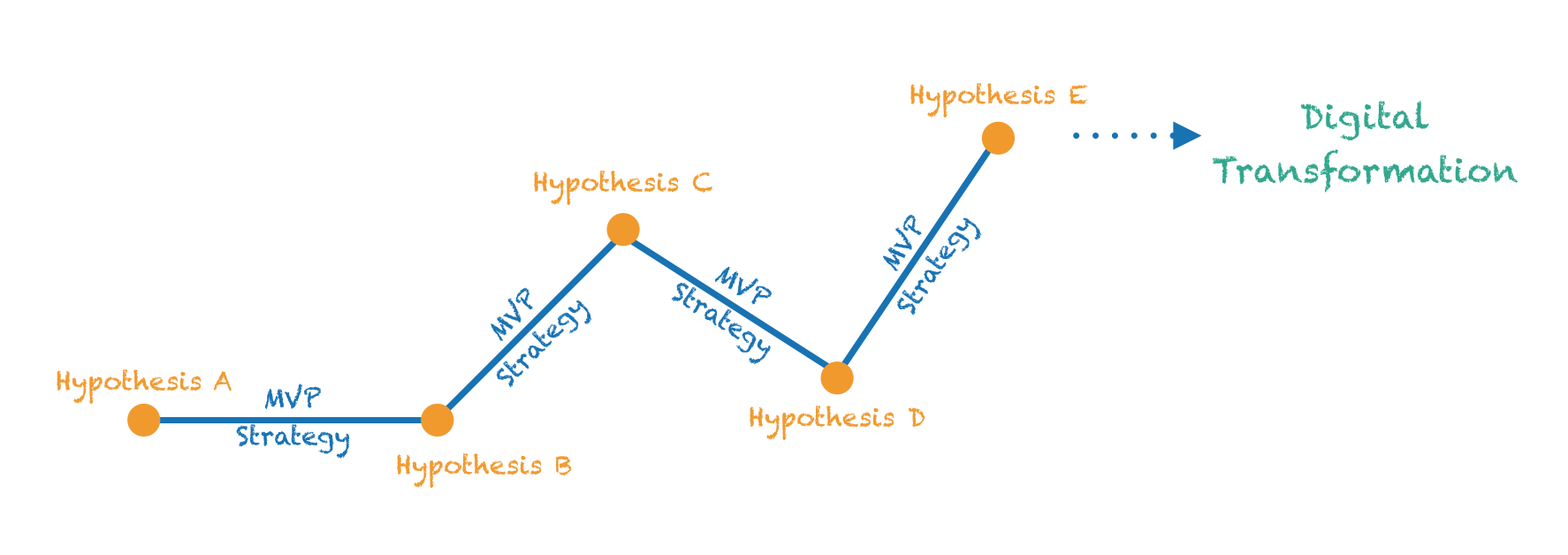
Consequently, in my experience, you should start by defining a hypothesis with at least the following parts:
- Digital Transformation Definition: Everyone should know what it is and why the organization is doing it. If they don’t, you will have multiple definitions, and therefore, many strategies conflicting with each other.
- Digital Transformation Pillars: Everyone should know what value streams are expected to generate business value or competitive advantage with the transformation.
- Commitments: Everyone should know how they are going to help, directly or indirectly, to change the organizational mindset.
The hypothesis establishes the boundaries where you will discover the Digital Transformation Strategy for your organization. It doesn’t ensure you will find the best strategy; it is just a guide.
Visioning of Digital Transformation
The organization leaders should define the hypothesis in a workshop called Visioning of Digital Transformation. The primary purpose is to confirm that all leaders agree about concepts, expectations and priorities. If they can’t define the hypothesis, it will be impossible for the rest of the organization to engage with any transformation initiative.
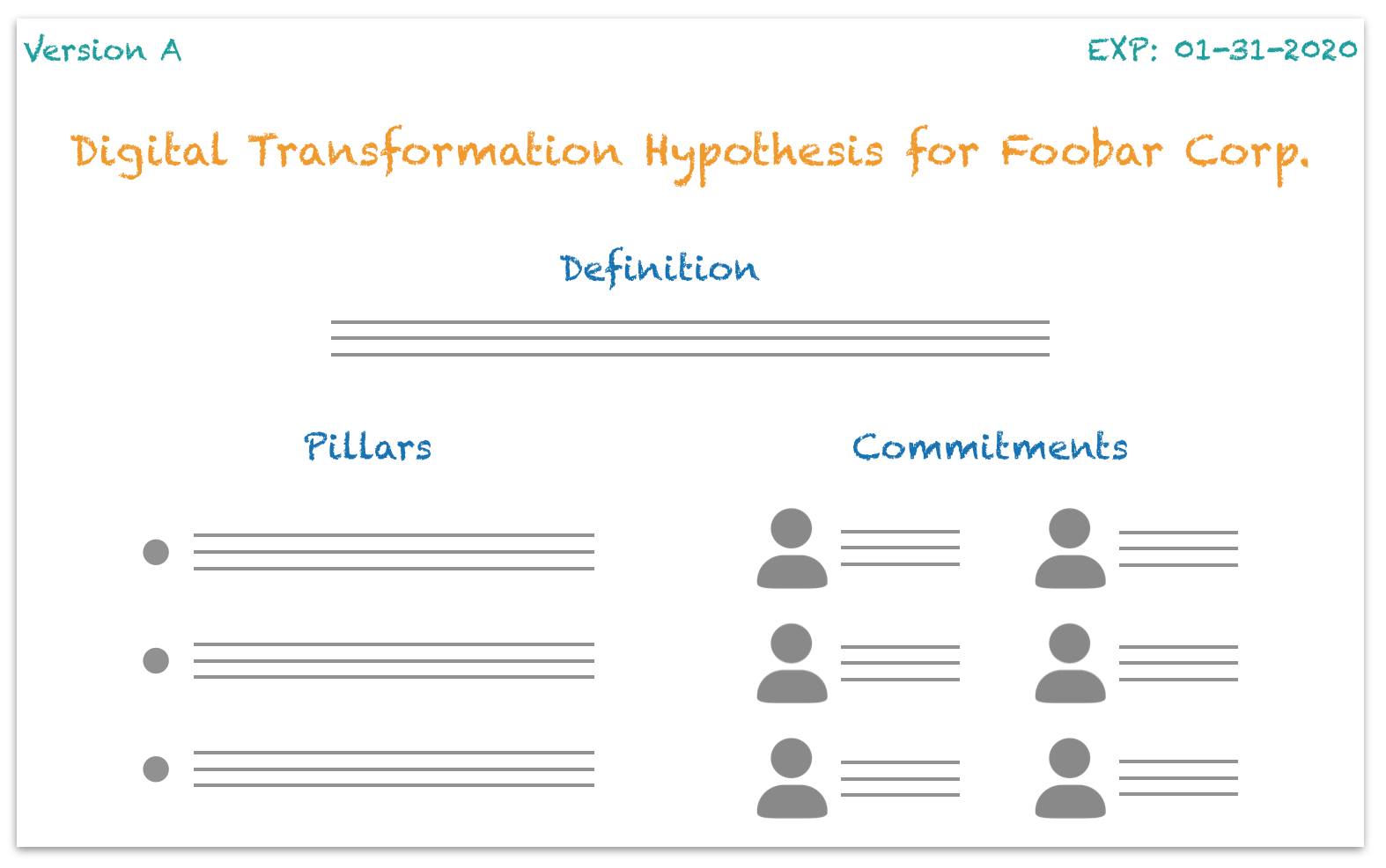
In the next article, I will give you more details about this workshop.
No spam, no sharing to third party. Only you and me.


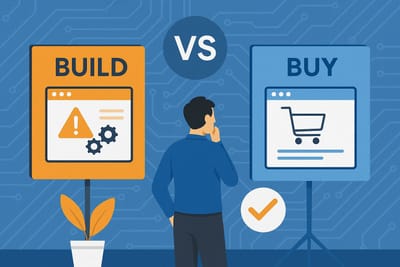


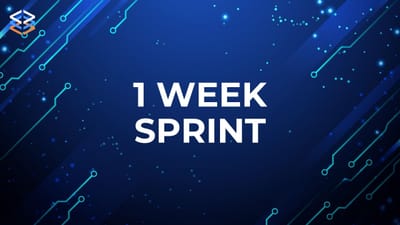
Member discussion